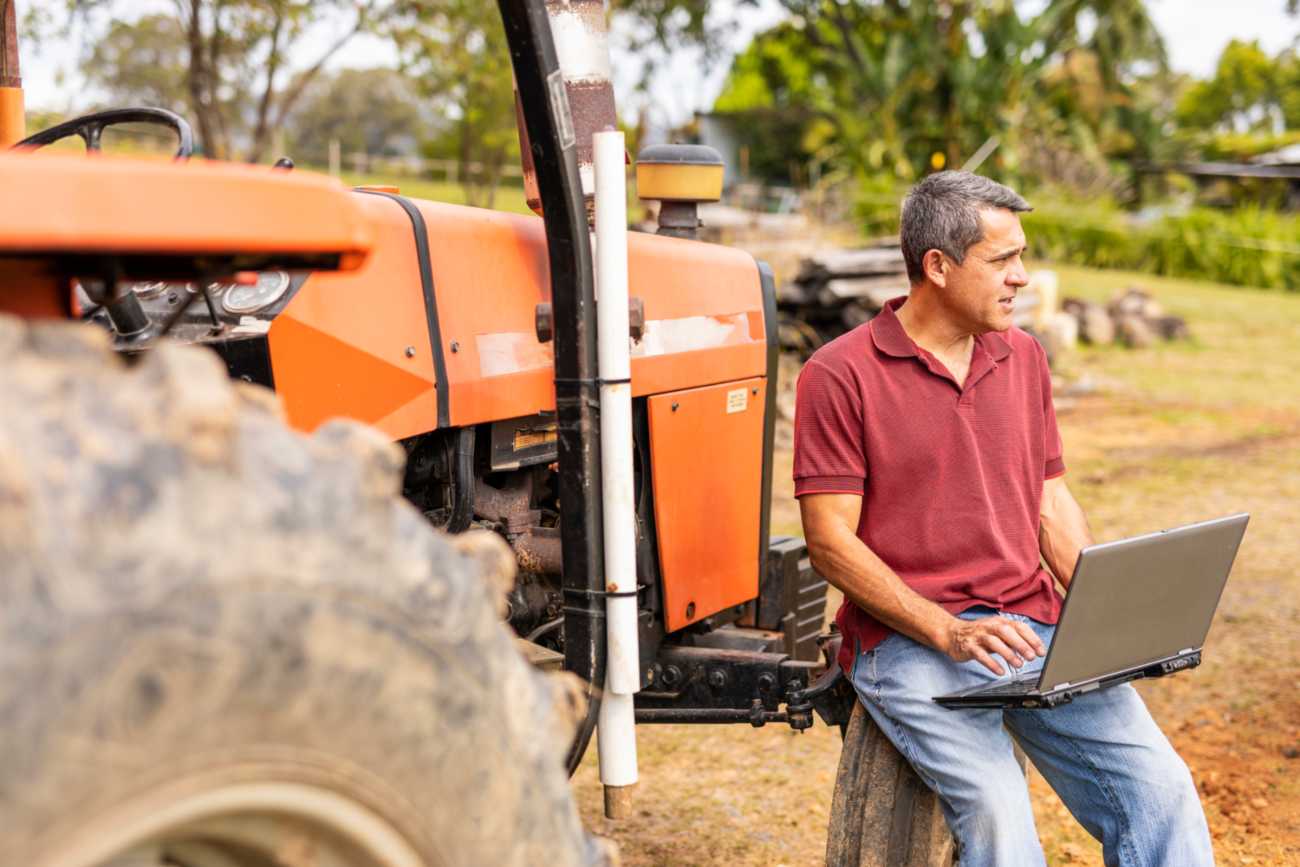Rural Internet
Rural Internet Provider in East Central Indiana
Access to reliable internet is vital in today's interconnected world, but consistent connectivity can be a significant challenge for residents in rural areas. Rural regions often face limited options, unlike urban centers, where infrastructure supports fast and stable access. However, understanding rural internet solutions and how to choose the best provider can help bridge this gap seamlessly.

Understanding Rural Internet
Rural internet refers to networks serving less densely populated areas. Unlike urban counterparts, the infrastructure here might include DSL, satellite, mobile hotspots, and fixed wireless connections. These systems face unique hurdles like lower population density and geographical challenges, making it more difficult for providers to justify expansive investments.
Options Available for Rural Internet
Several rural internet options offer varying benefits depending on the location and connectivity needs.
- DSL: Operates through copper telephone lines. Offers decent speeds but may not perform well in remote areas further from the source.
- Satellite Internet: Available almost everywhere thanks to satellites transmitting data directly to home dishes. However, higher latency and weather susceptibility can limit its appeal.
- Fixed Wireless: Connects homes to towers using radio signals, delivering faster speeds without line-of-sight issues common in other systems.
- Fiber-Optic: The gold standard in internet speed and bandwidth. Unfortunately, its availability in rural areas is still limited due to high installation costs.
- Mobile Hotspots: Great for flexibility, but often come with low data limits and overage charges, making them less economical for heavy users.
Why Rural Internet Differs Significantly from Urban Internet
There is a stark contrast between rural and urban internet availability. Sparse population zones in rural areas make it financially inefficient for internet providers to lay high-cost infrastructure like fiber optic networks. Additionally, terrain obstacles like mountains and forests can interfere with radio signals and wireless infrastructure. This stands in contrast to urban centers, where network density allows providers to share costs across a larger customer base. Despite these challenges, rural residents are finding increasing opportunities with advancements in fixed wireless and expanding fiber networks.
How to Choose the Best Rural Internet Option
Selecting the right rural internet provider starts with understanding your specific needs and assessing local availability. Here are key steps to guide your decision-making process:
- Assess Your Location: Each rural area has different levels of access. Use online tools or provider maps, such as NLBC's address check tool, to understand what's available near you.
- Define Your Usage Needs: Are you streaming HD videos, supporting remote work, or using multiple smart devices? Choose plans that accommodate your household or business demands.
- Compare Costs and Plans: Budget-friendly services are critical. Look for plans offering no data caps or small upfront equipment costs. Fixed wireless is often a cost-effective solution for everyday needs.
- Examine Customer Support: Rural areas need strong service partnerships due to unique geographical challenges. Consider providers with excellent customer reviews.
- Future Proof Your Choice: Opt for a scalable technology (like fiber or fixed wireless) to ensure your broadband evolves as more devices connect to your network.
- Check Hidden Fees: Installation costs, early termination charges, or equipment fees can add up. Request complete pricing transparency before finalizing any plan.
By following these steps, you'll have the confidence to choose the best rural internet option for your unique circumstances.
How to Increase Internet Speed in Rural Areas
If you're already subscribed to a rural internet provider and are looking to enhance your experience, here are practical tips to boost your connection speeds:
- Optimize Router Placement: Position your router centrally to reduce dead spots and improve coverage across your home.
- Invest in Wi-Fi Extenders or Boosters: These devices extend network reach, especially in larger homes with hard-to-connect areas.
- Use Dedicated Devices: Limit your network's bandwidth usage by removing unused or unnecessary devices.
- Upgrade Equipment: Older routers and modems can throttle speeds. Invest in modern options designed for high-speed internet connections.
- Choose a Higher-Speed Plan: If you're consistently maxing out your current bandwidth, it might be time to explore a plan that offers increased speed and reliability.
- Schedule Heavy Tasks Wisely: Download large files or use bandwidth-heavy activities during off-peak hours to avoid congestion.
These adjustments can significantly improve your browsing experience, even if you're in a remote area.
How Rural Internet Providers are Closing the Gap
Providers are addressing the digital divide with cutting-edge solutions. Fixed wireless towers are becoming increasingly common, covering broader areas at faster speeds. Providers like New Lisbon Broadband & Communications are expanding their offerings, ensuring even the most remote households are connected to dependable internet solutions.
Start Exploring Your Internet Options
Don't settle for slow, unreliable internet. Rural high-speed internet options, like fixed wireless and fiber, are helping bridge the connectivity gap and bringing families, businesses, and communities online. Are you ready to choose a reliable rural internet provider? Discover NLBC's trusted solutions and see what's available near you using our Check Your Address Tool. Reliable, fast, and tailored to your needs, NLBC simplifies rural internet without compromise. Stay connected and ready for anything with rural internet solutions built for today’s digital world. Contact us today!
